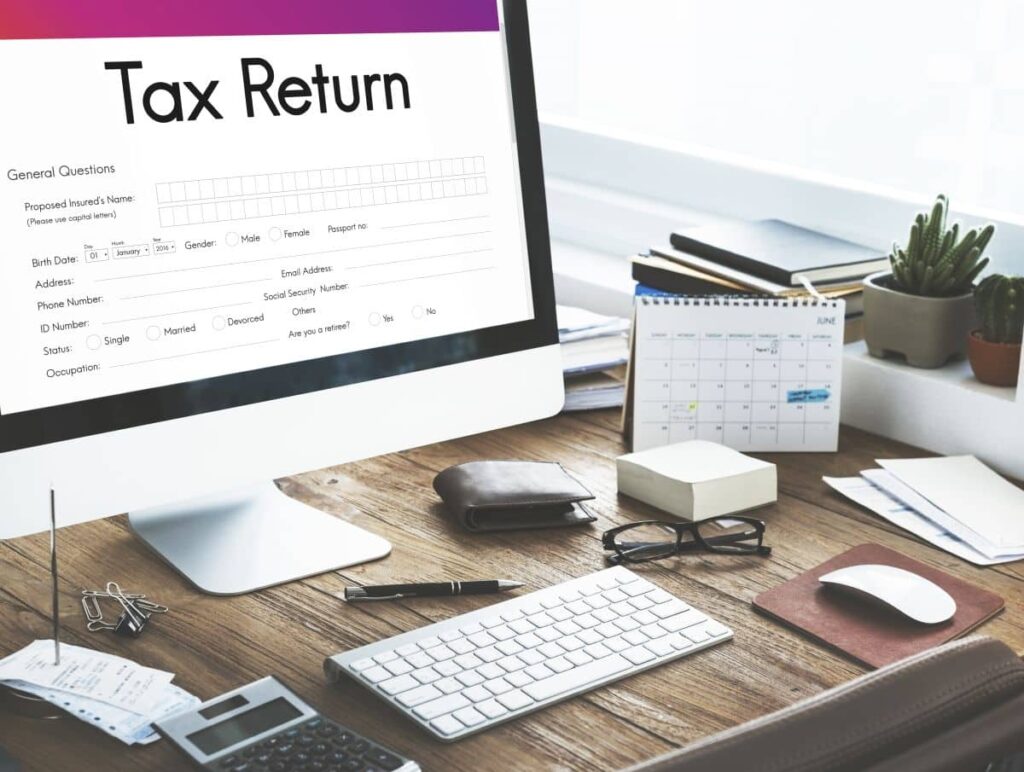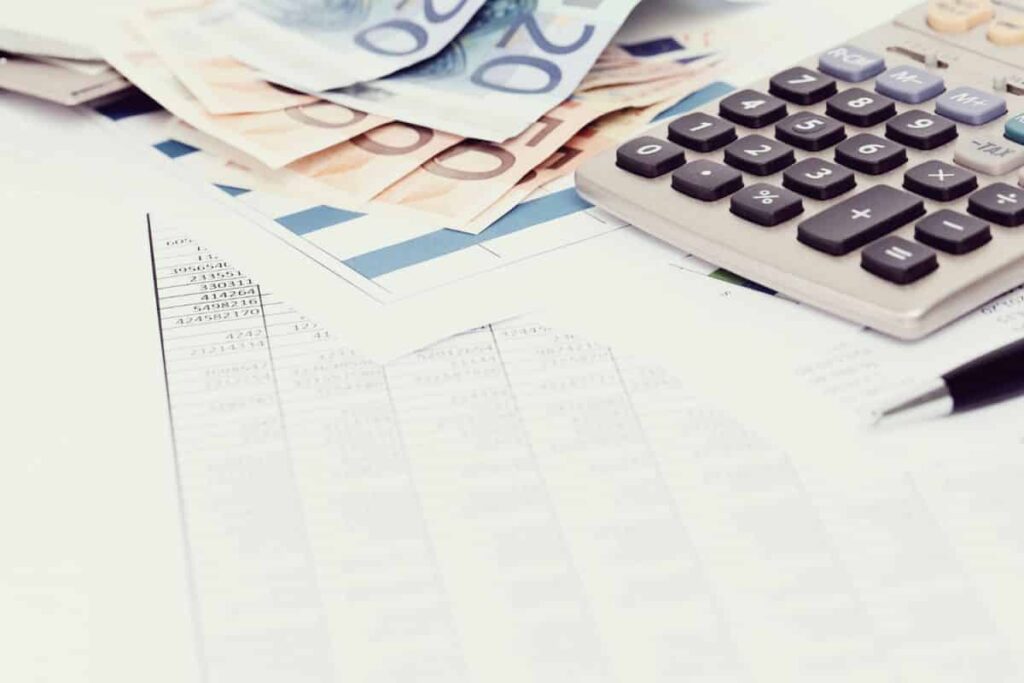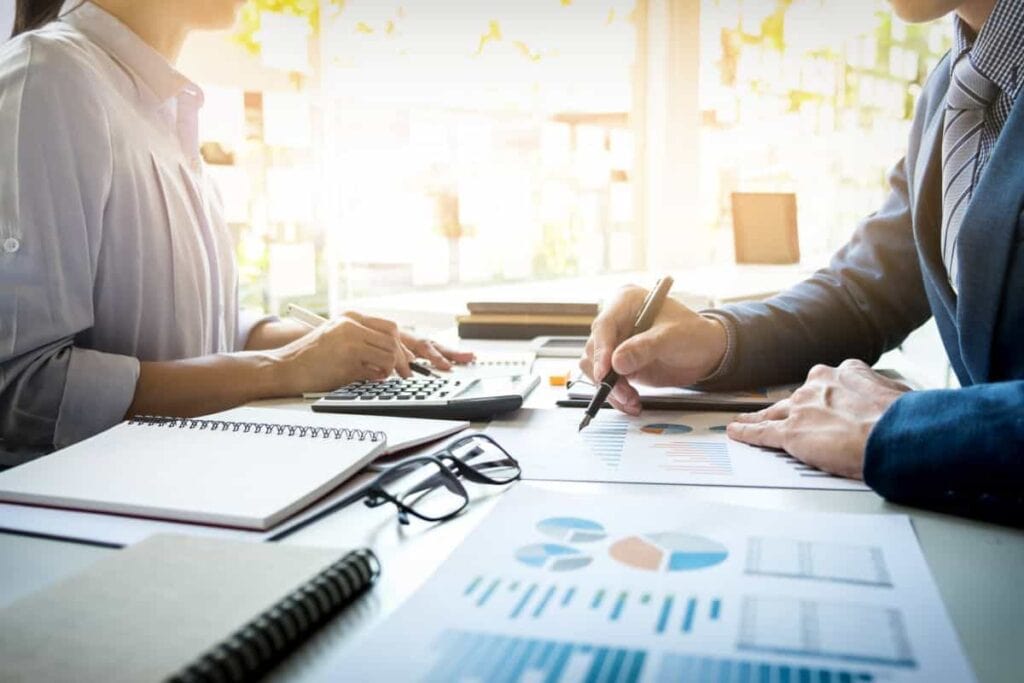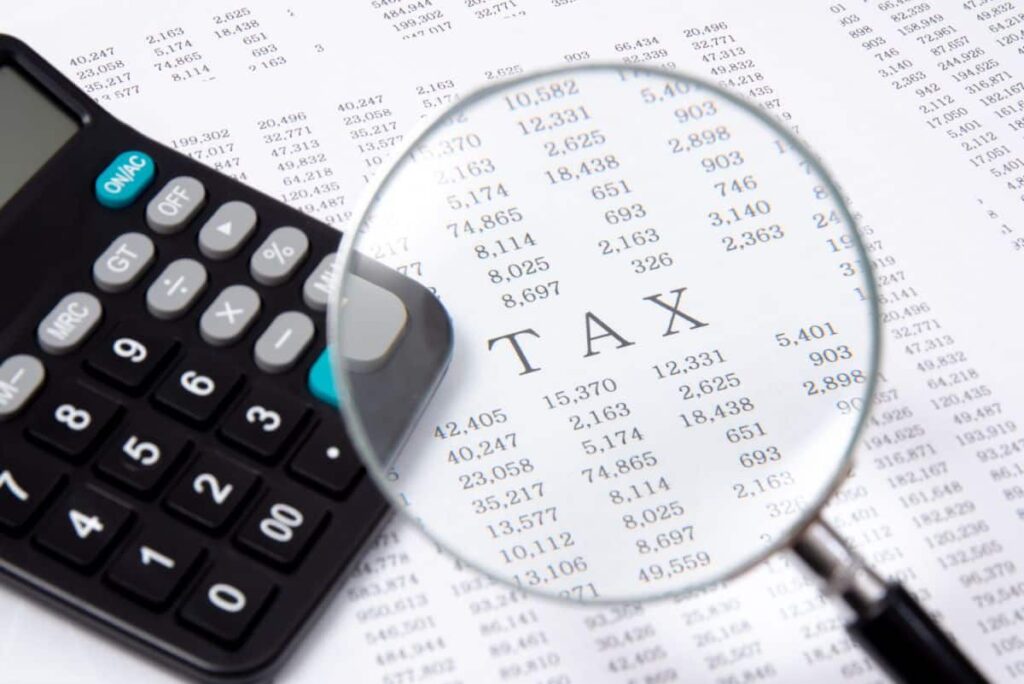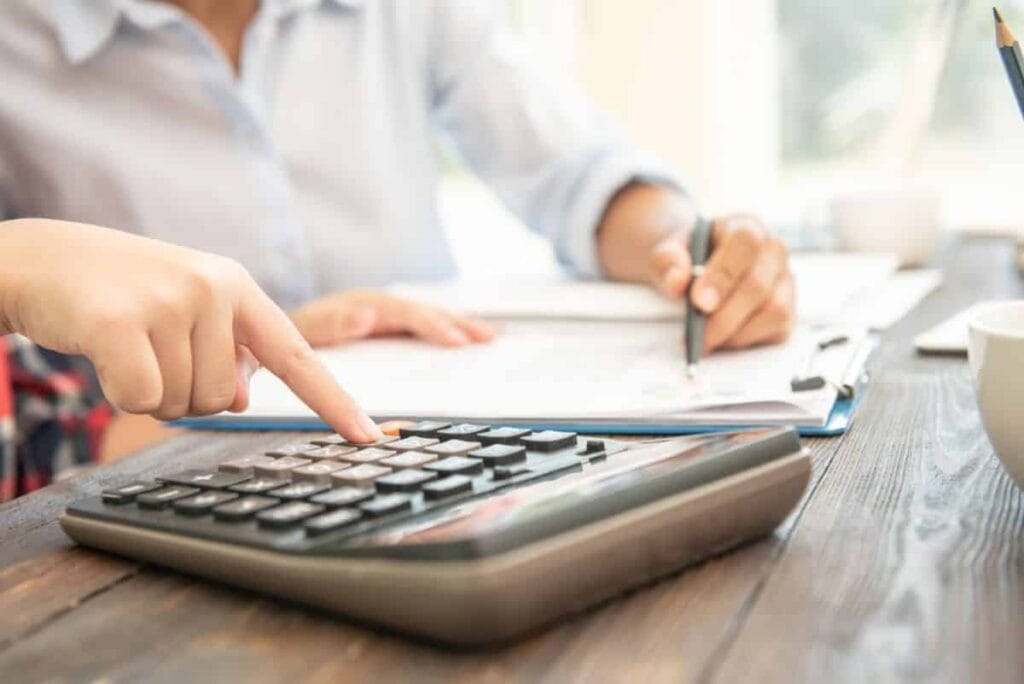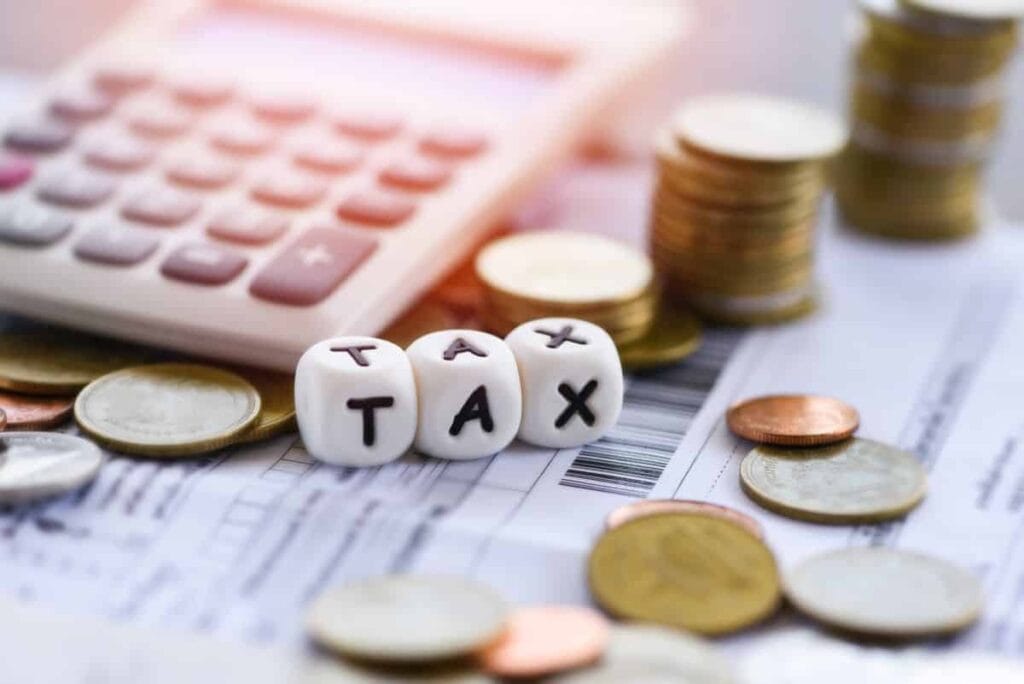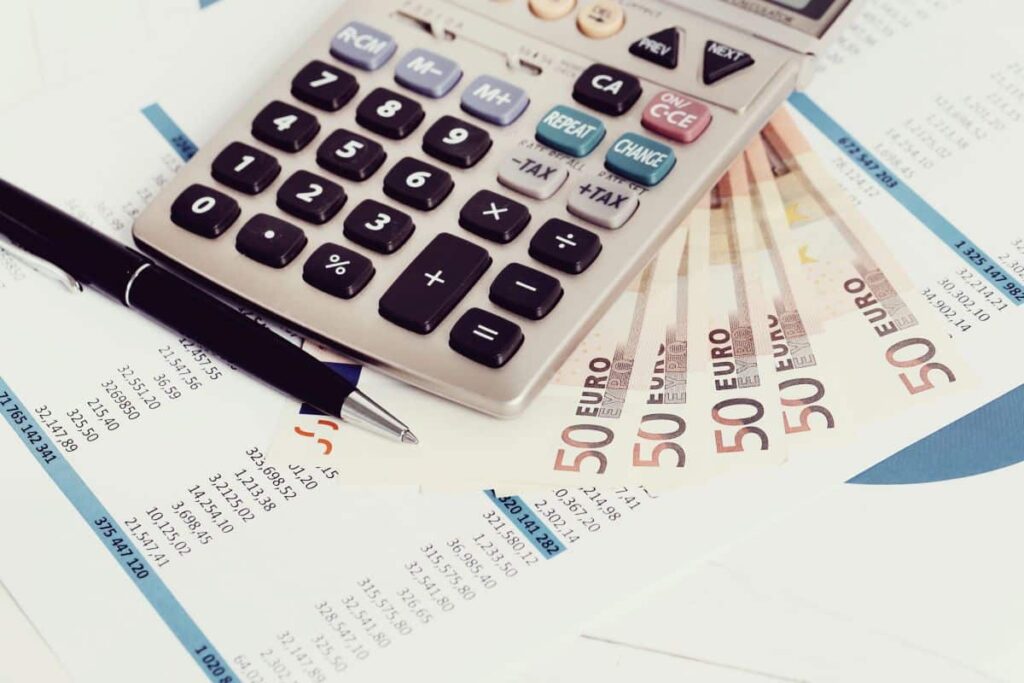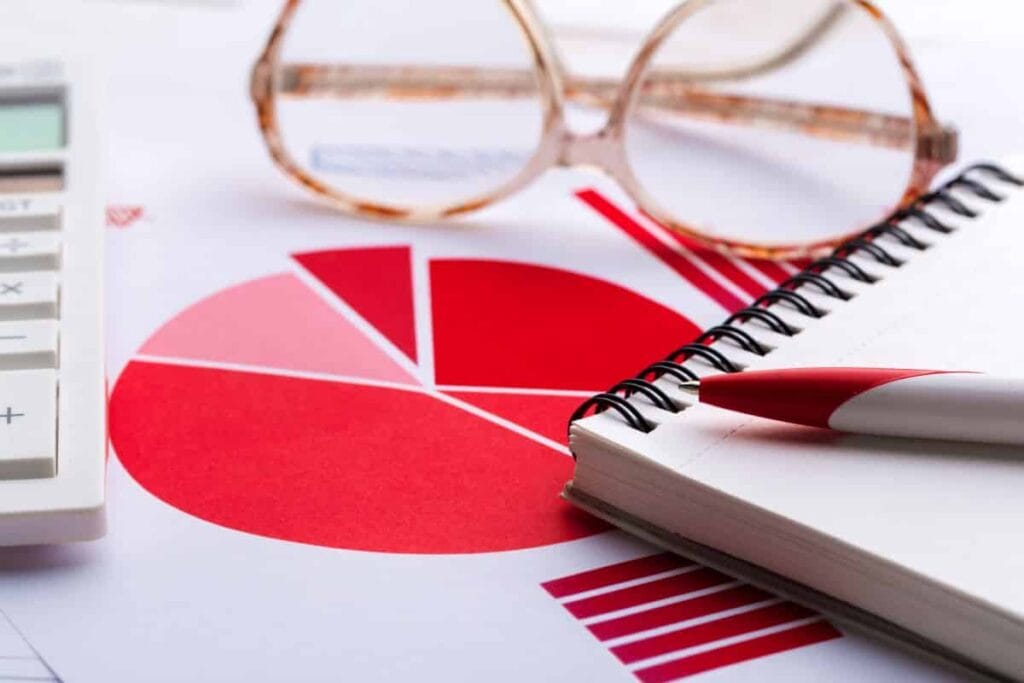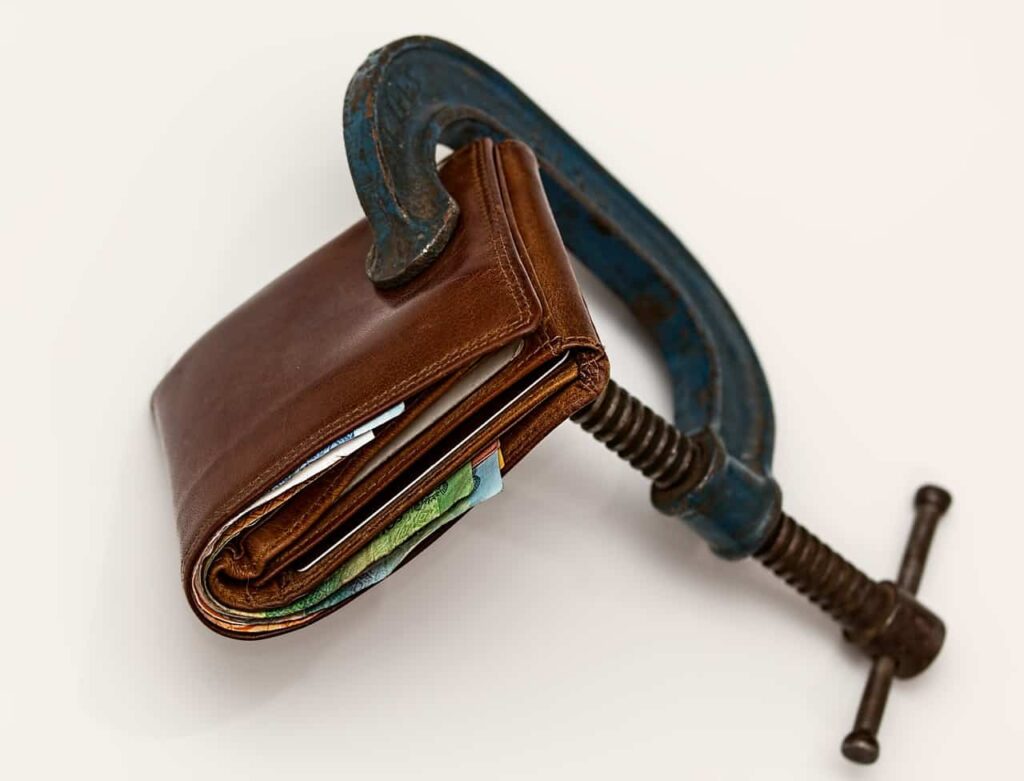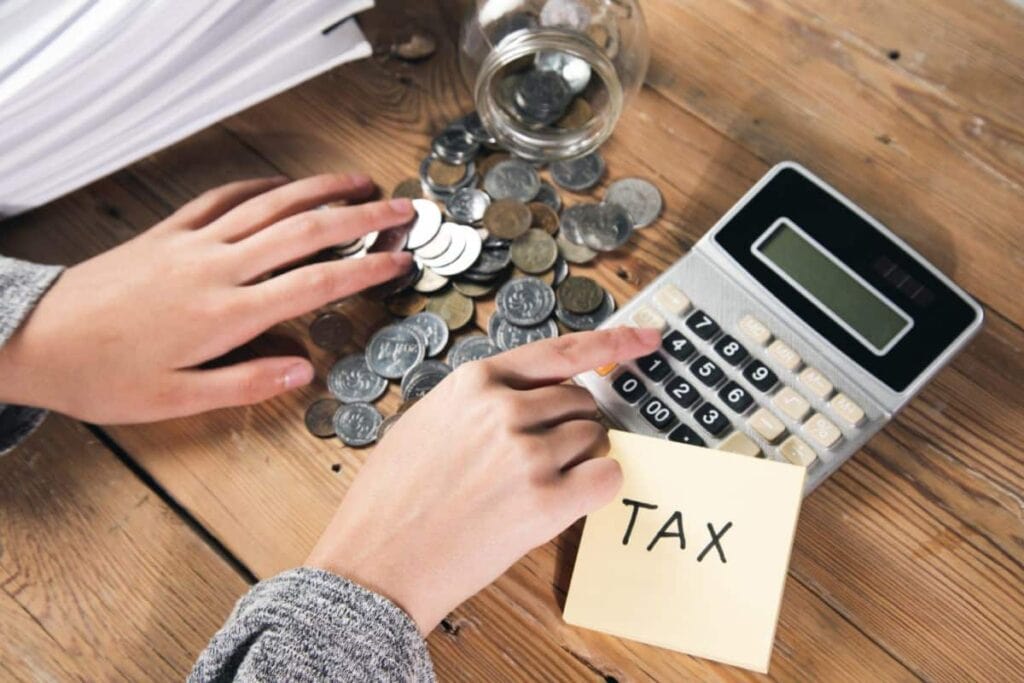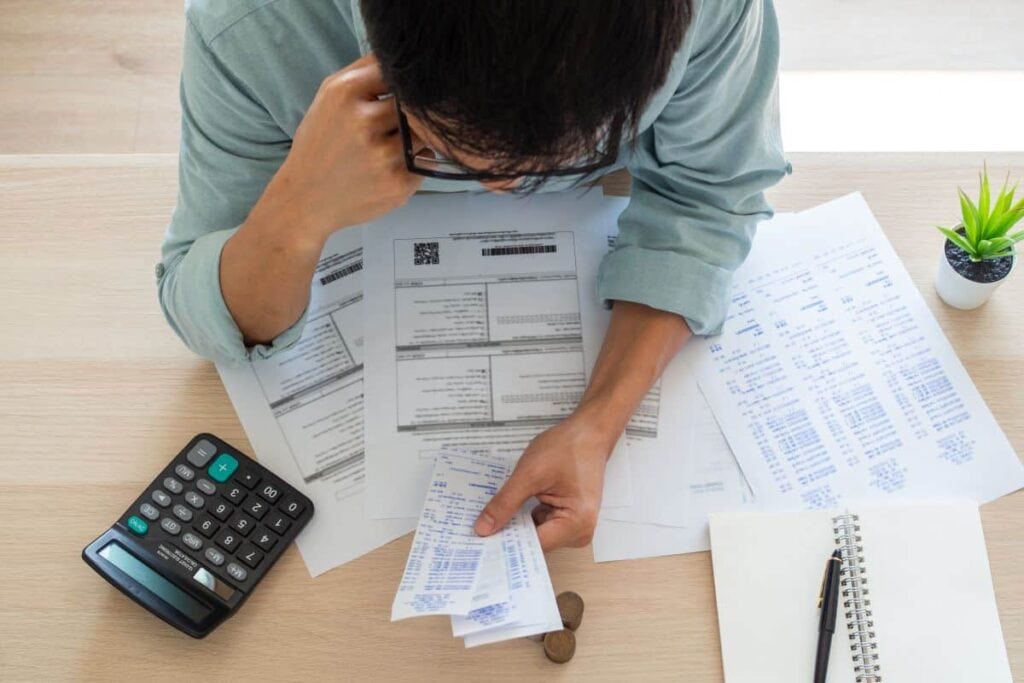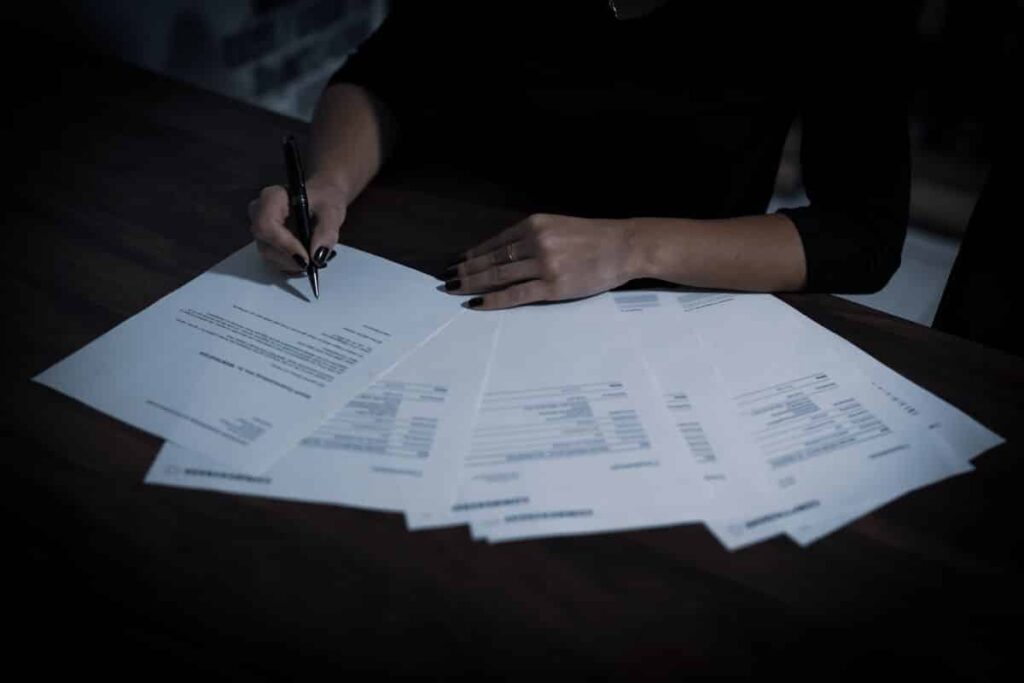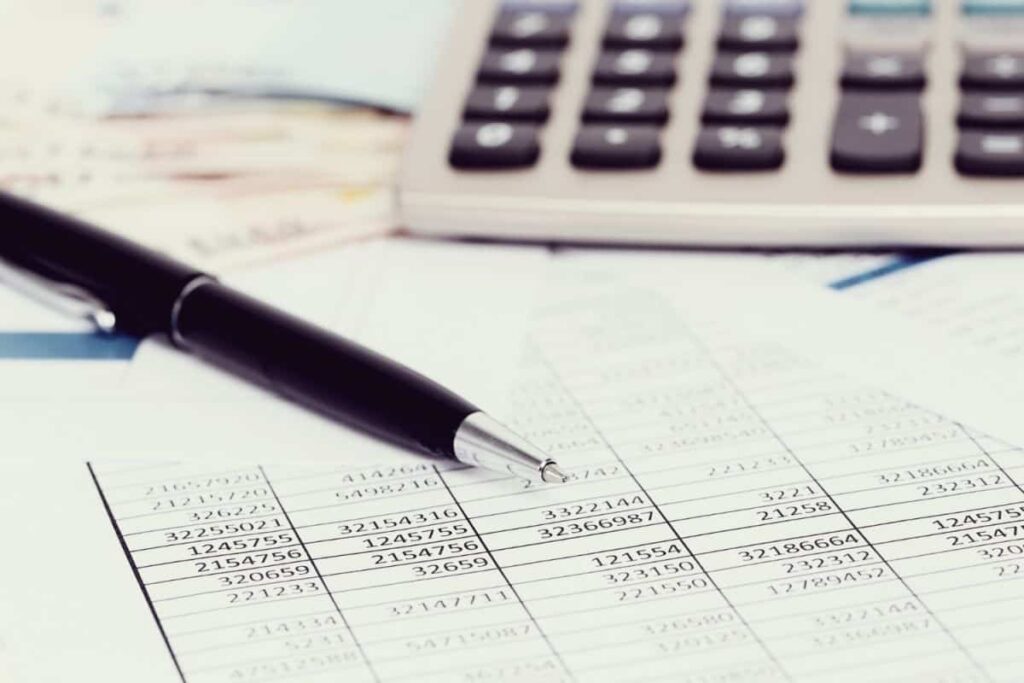Learn Tips To Maximise your Tax Return
If you are a taxpayer in Australia, you are surely aware that you have the legal obligation to file a tax return each year. If this is not the case, you should consider becoming a taxpayer in Australia. The Australian Taxation Office (ATO) will use this document to assist it in calculating the amount of tax that you are required to pay on your income for the current fiscal year.
The act of submitting a tax return may appear to be a challenging endeavour; but, with the use of a few helpful hints and pointers, the procedure may be made as uncomplicated and free of anxiety as is humanly feasible. In the next article, we will discuss some of the most effective strategies for maximizing your tax return in Australia. So, without further ado, let’s get the ball rolling here, shall we?
In Australia, we file something that is referred to as a “tax return.” This is an annual record that summarizes all of the income you made over the course of the previous year, in addition to detailing all of the tax deductions and tax credits to which you are eligible. It is imperative that you have a solid understanding of how to appropriately fill out your tax return if you wish to avoid paying any further taxes than are strictly necessary. In this post, we will discuss various strategies that can help you get the most money back from your taxes in Australia.
Do you anticipate receiving a tax refund for the current year? If this is the case, it is imperative that you make every effort to maximize your tax refund by claiming all of the tax deductions and credits to which you are entitled. Read on for some advice on how to get the most out of your tax return in Australia, as there are a lot of deductions that many people aren’t aware of, despite the fact that Australia has a number of them.
Discover Ways to Get the Most Out Of Your Tax Return Here
It is in your best interest to be ready when the end of the fiscal year approaches so that you can maximize the amount of money you receive from any tax refund you are entitled to receive.
You may maximize your return from the Australian Taxation Office by utilizing a few different strategies, tips, and tactics that are available to you. These include both continuing tasks that you’ll need to accomplish throughout the year and particular procedures for dealing with your real tax claim. You’ll need to complete both of these.
Let’s take a look at some easy ways you can increase the amount of money you get back from the government at the end of the fiscal year (EOFY) so you can put it toward whatever it is you want to do with it: pay off some bills, take a trip, or put it in savings. Whatever your plans may be, let’s get started.
When it comes to the end of the financial year, there is no “one size fits all” method to preparing and submitting a tax return. This is because there are many different types of taxpayers. If you want to get the most out of your investment, follow these recommendations from financial experts.
The time to file taxes is drawing near!
You can either make a profit or incur a loss for a certain capital by selling the many kinds of capital assets you own, such as real estate or shares of stock. This cost takes into account both the purchasing of the asset and its eventual sale.
You are required to record any capital gains or losses in your income tax return that you submit at the end of the fiscal year. Additionally, you are required to pay tax on any capital gains that you have, regardless of whether you have made profits or losses. It is referred to as the Capital Gains Tax (CGT), and since it is included in your total income tax liability, you do not need to file a separate return for it.
If you sell your capital asset and make a profit from the sale, the gain from the sale will be added to your assessable income, which means that your tax burden could potentially increase as a result. The tax that is withheld from capital gains is a separate matter; therefore, it is possible that you will need to compute how much money you own and then include the correct amount in your return.
In this circumstance, selling your capital assets will result in a loss; but, you will be able to lower the amount of liability associated with it.
If you bought your assets before September 20, 1985, you won’t have to pay tax on any of them because you bought them before the cutoff date. Therefore, any assets that you have bought since then are subject to tax on their capital gains.
- CGT does not apply to personal assets such as your home, car, furniture, and other similar items.
- CGT does not apply to depreciate assets if they are used exclusively for taxable purposes, such as in the case of company equipment or certain fixtures found in rental properties.
You need to keep in mind that you made a capital gain or loss should you enter into a contract for the disposal of assets rather than settle your assets, and this is something that you need to keep in mind at all times. Therefore, if you sign a contract of sale for any investment property in July 2017 and the settlement takes place in September 2017, you are required to record any gain or loss to the ATO through your 2016–17 tax return in the relevant financial year.
If you live in Australia but make money elsewhere, you’ll have to pay an Australian capital gains tax on it. If, on the other hand, you are considered a foreign resident for the purposes of taxation and you have made a gain or loss, capital gains tax (CGT) will be applied to assets that are considered “taxable Australian property.”
Capital Gain Tax (CGT)
The time at which you make a gain or loss on capital investment is typically not during the period in which you are settling, but rather when you enter into the settlement for disposal. Therefore, if you sign an agreement to sell an investment property in June 2020 and the settlement takes place in August 2020, you are required to report the capital gain or loss on your tax return for the 2019–2020 fiscal year. CGT is applicable to your possessions no matter where in the globe they are located if you are an Australian resident. Citizens of Norfolk Island are subject to capital gains tax on any property acquired after October 23, 2015. If a CGT event occurs to an item that is considered to be “taxable Australian possessions,” then foreign residents are subject to a gain or loss in capital value.
- The majority of personal assets, including your home, automobile, and assets used solely for personal use, such as furniture, are excluded from capital gains taxation.
- CGT also does not take into account the depreciation of assets that are utilized only for taxable purposes. This includes any company equipment or fittings that are located in a rental property.
When you sell a capital item, such as a piece of property or shares in a company, you will often either make a gain or a loss on the transaction. This is the difference between what it would have cost you to collect the asset and what you would receive if you decided to put it off till later. You need to report both capital gains and losses on your tax return for business income and pay tax on any capital gains you make. Although it is referred to as the capital profits tax (CGT), this is actually just a component of your overall profits tax and is not a distinct tax.
When you make a capital advantage, that benefit is added to your assessable profits, which can result in a considerable rise in the amount of tax that you are required to pay. Because taxes are not automatically deducted from the proceeds of capital gains, it is your responsibility to estimate how much you will owe in taxes and set aside enough money to pay that amount. You cannot deduct a capital loss from any other income you have earned, but you can put it toward offsetting a capital gain. If you are experiencing a capital loss, you have this option. Unless they are expressly excluded, the CGT will apply to any and all assets you’ve obtained after September 20, 1985, the date on which the tax on capital earnings was first implemented.
Exemptions:
- A pre-CGT asset is a term that refers to any asset that was obtained before September 20th, 1985. However, the pre-CGT popularity of an item is diminished if significant alterations are made to it (for instance, significant extensions are added to a structure), or if the original owner passes away.
- The house, apartment, or other living space that serves as the primary residence of the taxpayer, as well as the first two hectares of any neighbouring land that is put to residential use.
- Personal effects purchased for up to $10,000 are used solely for one’s own usage and include things like boats, furniture, and electrical appliances, amongst other things. Items that are typically purchased together must be grouped together in order to adhere to the $10,000 spending cap.
- Capital loss resulting from the sale of an item used privately. (Section 108-20(1) of the Income Tax Assessment Act of 1997 states that any capital loss incurred from a private use asset is disregarded.)
- Collectibles purchased for an amount up to $500, including works of art, jewellery, stamps, and other items, that are kept for personal use and pleasure. Items that are typically dealt with as hard and fast must be handled as hard and fast in order to comply with the $500 limit. If the prices of collectables occasionally go up, then this exemption could be a benefit to a taxpayer who is gathering a lot of small items.
- Automobiles and various types of motor vehicles with a small engine, including motorcyclists (“small” being a sporting capacity of less than 1 tonne and much less than nine passengers). This exemption is a true disadvantage in light of the fact that the price of automobiles typically falls. However, the exemption is available even for vintage or valuable autos; hence, if the fee were to increase, the exemption would be a welcome benefit.
- Reimbursement for medical expenses incurred as a result of a personal injury, illness, or an accident that occurred on the job. (However, CGT is responsible for handling restitution for violations of the agreement.)
- Policies on life insurance that have been cancelled or are being offered by their original holders. These profits are taxed in the same manner as regular profits as a substitute (whilst held for much less than ten years). A person celebrating their third birthday who purchases the same kind of coverage as on a typical investment will provide a challenge to CGT.
- Monetary gains or losses incurred as a result of gaming (which might be additionally free of earnings tax).
- “Traditional securities” are defined as bonds and notes purchased at a discount, which can include bonds with no coupon (sure hobby-bearing notes convertible to shares). Profits and losses incurred from certain activities are considered to be ordinary taxable profits.
- Medals and decorations honouring valour and bravery provided that they were earned at no cost (financially).
- Ownership stakes in a pooled development fund that possesses a one-of-a-kind regulatory framework and is designed to facilitate challenge financing. Certain separate eligible venture capital investments are also excluded from CGT.
How to Get Ready, File, and Get the Most Out of Your Tax Return
Because tax season is drawing near, you might be interested in the following deduction suggestions, which could potentially assist in increasing the amount of money that is refunded to you.
Your tax return may be impacted by a variety of factors, such as your sources of income from employment, investments, and government aid, such as any JobSeeker payments you may have received during the fiscal year.
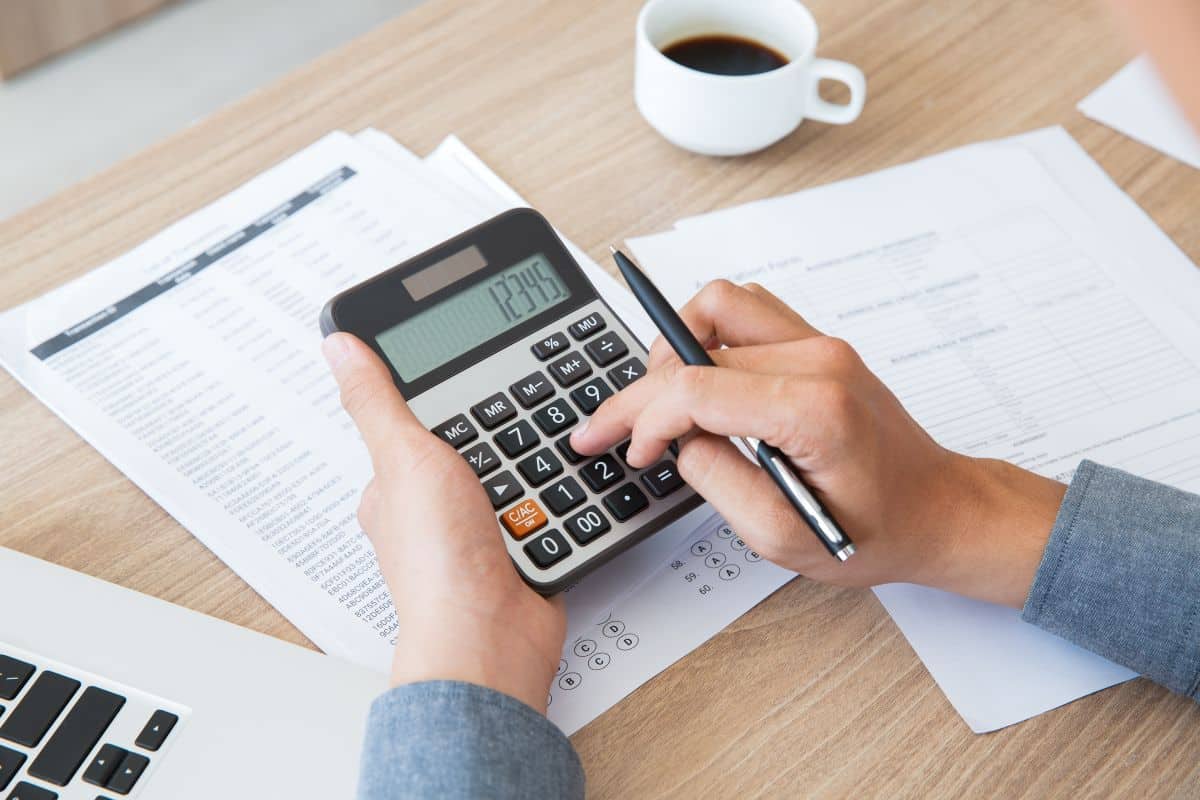
Whether or whether you have work-related expenses, such as those incurred from travel, equipment, clothing, or what you may have spent if you had been working from home, is another aspect that can play a role. Other elements that can play a role include:
The following is a brief review of some of the items you might want to think about when preparing, filing, and hopefully optimizing your tax return for the fiscal year that will end on June 30, 2021.
Who Is Required To Compile And File An Income Tax Return?
There are going to be certain individuals who won’t be required to submit a tax return. People with lower levels of income and certain older people in Australia are typically included in this category.
Those who are required to file tax returns are often those who have reached specified income thresholds or who have earned particular sorts of income.
If you’re not sure if you have to lodge a tax return, ATO’s online questionnaire might help you figure it out.
Which Documents Are Required to Be Submitted Along with Your Tax Return?
When you’re ready to submit your tax return, some of the things you’ll need to have on hand include, but aren’t necessarily limited to the following:
- Your social security number;
- Your bank account information, so that the ATO is aware of where to deposit any potential refund that you are entitled to receive;
- Any summaries or statements of income that have been provided to you by your employers;
- Information pertaining to aid and relief programs about payments from Centrelink (Services Australia);
- Particulars concerning any additional sources of revenue, such as businesses, properties, investments, or shareholdings;
- statements or receipts for the charges that you are claiming as deductions on your tax return;
- Any information you may have regarding a private health insurance plan;
- if you have made any charitable donations, the receipts for those donations.
Note that the majority of the information from your employers, banks, government agencies, health funds, and other third parties will normally be pre-filled for you by the end of July if you file your tax return yourself using myTax, which is available through the myGov website and the ATO app.
The Australian Taxation Office offers some suggestions to help maximize your tax return
The end of the fiscal year is drawing near, and if you want to make sure you collect the most money possible from your tax return, you should start preparing now.
Despite the fact that the typical tax return in Australia is estimated to be $2,574, as reported by Debt Busters, Yahoo Finance has compiled the top five most helpful suggestions to maximize your return in time for the end of the fiscal year.
Costs Incurred While Working From Home
It is crucial to know what you may claim for working from home and what you cannot claim due to the pandemic-induced lockdowns that have occurred over the previous 18 months. This is a terrific method to enhance your returns if you do it the proper way.
The long and the short of it is that if you work from home, you may be able to claim a tax deduction for the portions of household costs that are relevant to your place of employment, such as:
- The bills for the heating, cooling, and lighting;
- Expenses associated with the cleaning of your home office space, which may include the cost of cleaning supplies or the hiring of a domestic cleaner, if necessary;
- deterioration of the value of the home office’s furnishings and fittings;
- Expenses related to the wear and tear of office machinery and computers;
- Expenses incurred for the repair of home-office equipment, furnishings, and furniture;
- Items with a cost of less than $300, including pieces of furniture and computer equipment, are eligible to have the entire purchase price written off immediately (they are not required to be depreciated);
- stationery and other office supplies, as well as computer consumables (such printer ink);
- Costs associated with using the internet with a mobile or landline phone.
“Having a dedicated space in your home that you can use as an office is highly recommended. “If you are utilizing a room that serves more than one purpose or a room that is shared with other people, you are only allowed to claim the expenses for the hours during which you had exclusive use of the place,” Chapman explained.
Due to the fact that so many Australians haven’t been able to visit the office in the past year, the Australian Taxation Office (ATO) has devised a shortcut way in order to simplify the procedure and make it simpler.
During the outbreak of the coronavirus, the Australian Taxation Office (ATO) implemented a temporary “shortcut technique” for calculating additional running expenses. This method enables individuals who work from home to claim a rate of 80 cents per work hour. Chapman stated.
“As a result of COVID-19, you will be required to keep a record of the amount of time that you have worked from the comfort of your own home.”
It is important to remember, however, that if you calculate your hourly wage based on the 80 cents per hour technique, you are unable to make any further claims in connection with working from home. Therefore, expenses like as use of a cell phone and internet are accounted for in the 80-cent rate.
Make A Charitable Donation

Did you know that if you give money to charity, the government will give you some or all of that money back when you file your taxes?
Doing good deeds not only makes you feel better about yourself but also has the added benefit of increasing your tax return.
In order to qualify for a tax deduction for a gift or contribution you make, the ATO mandates that the item in question fulfil all four of the following requirements:
- Must be a genuine act of generosity, such as a gift or contribution; this means that the transfer of funds must be made out of pure altruism, with no expectation of, or promise of, monetary gain or additional advantage of any kind.
- Must be in the form of money or property, and may also take the form of financial assets such as shares;
- Must be in compliance with any applicable gift conditions – the income tax law imposes additional conditions on certain authorized charitable organizations, limiting the types of tax-deductible gifts that those organizations can accept and making it necessary for those organizations to comply with any applicable gift conditions.
You need to have proof of the donation, and the donation must be worth more than two dollars.
In addition, if you make what are known as “bucket donations,” which include putting money into a donation bucket that is provided by a reputable organization, you are eligible to deduct up to ten dollars worth of gifts without obtaining a receipt.
The ATO, on the other hand, stresses that not all charitable organizations are counted among the approved groups. Websites that raise money through crowdsourcing such as Kickstarter, instance, are not accepted.
Register for an Instructional Program Here
You may be eligible for a deduction for expenses related to self-education as well as studies, provided that the education is relevant to the employment that you currently hold.
The Australian Taxation Office (ATO) states that you cannot normally deduct the first $250 of expenses related to your own self-education.
Again, there are certain requirements that you need to fulfil, and one of these requirements is that the course needs to have a “sufficient relation” to your current job in addition to one of the following:
- helps you keep up with or enhance the precise skills and knowledge you need for your current job;
- results in or is expected to result in an increase in the amount of money you make from the job you already have.
However, the ATO warns that you can’t claim a deduction for self-education and study expenses for a course that doesn’t have a sufficient connection to your current work activities or that only relates to your current employment in a general way. This is because the ATO considers these types of courses to be “generally related” to the work that you do.
If you are working as a casual sales assistant on the weekends, for instance, you are not eligible to claim a deduction for the cost of attending a full-time degree in fashion photography.
You are not eligible to receive reimbursement for classes or studies that will lead to a different career path. According to the explanation provided by the ATO, this means that if you are a nurse, you cannot submit a claim for studies that will lead to you becoming a doctor.
Register for the Various Newsletters and Subscriptions Available Here
Again, this needs to be relevant to the business, but if you work in a particular industry, you may join up to have access to news that is special to that area.
According to the Australian Taxation Office (ATO), if you are the one who pays for books, periodicals, and digital information that you use as part of your job, you are eligible to claim a deduction for those costs.
Books and periodicals include academic journals, technical journals, reference books, and library subscriptions, among other types of publications.
The term “digital information services” can refer to online subscriptions, electronic content such as e-books or e-journals, as well as other types of digital goods that you can purchase.
The Australian Taxation Office has said that if the item costs less than $300, you are eligible for an immediate deduction provided that the item:
- is mostly utilized for the purpose of generating revenue through employment rather than the operation of a business;
- does not form a part of a collection of assets that you buy in the same year of income and for which you paid a total of more than $300;
- is not one of a number of identical or mostly identical items that you acquire in the same income year that together cost more than $300. This means that you cannot buy a round of magazine subscriptions for yourself and your friends and claim the entire thing as a deduction for the cost of the magazine subscriptions.
Therefore, if there is a trade publication that has piqued your interest and you would like to submit a reimbursement request for the subscription fee, the time to do so is now.

